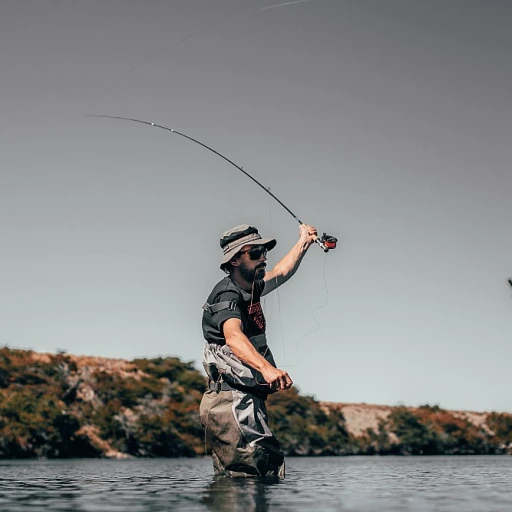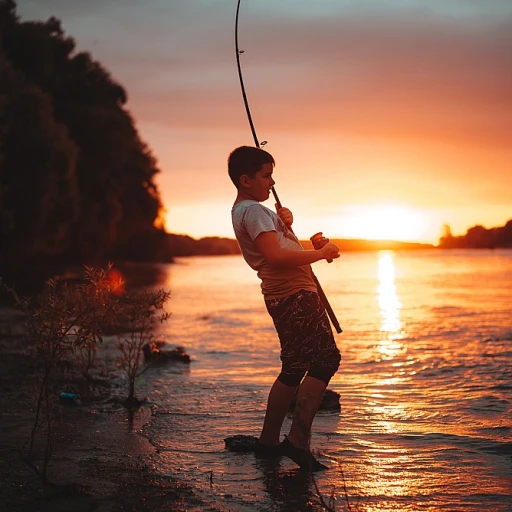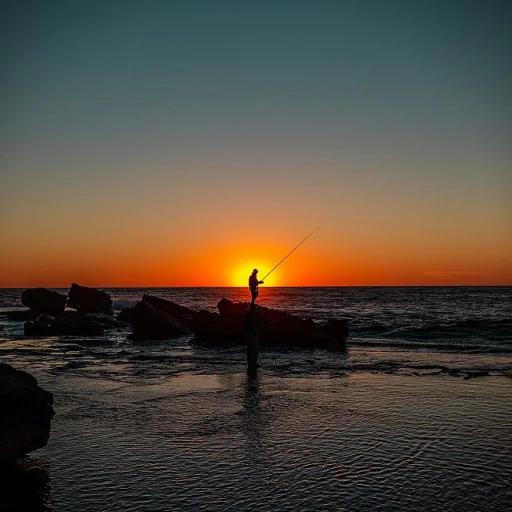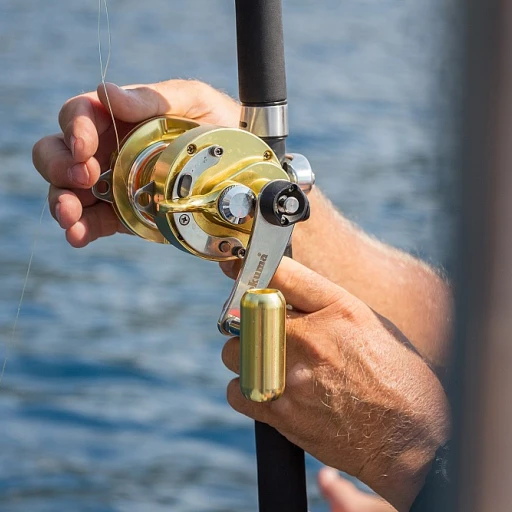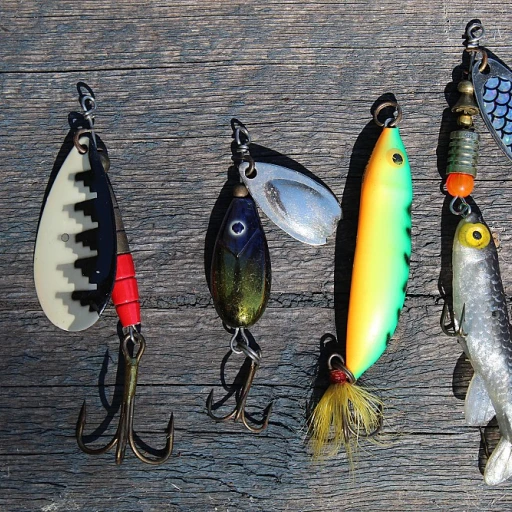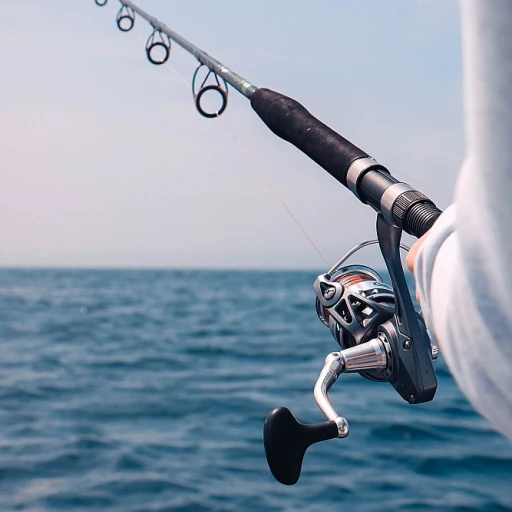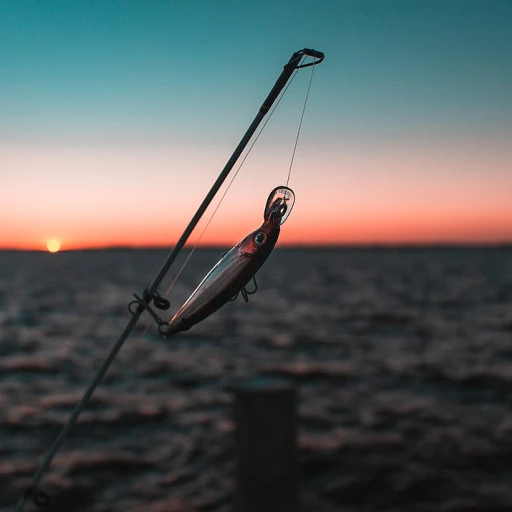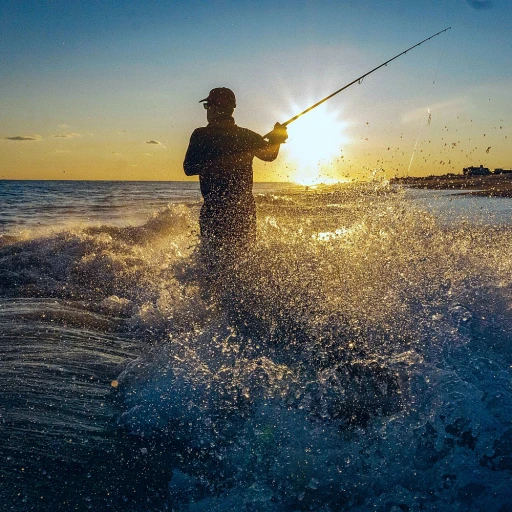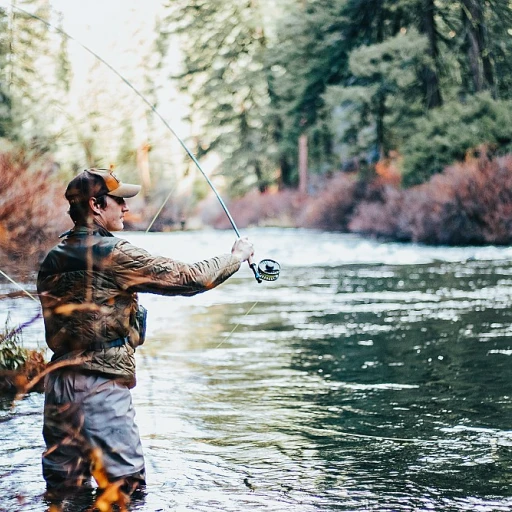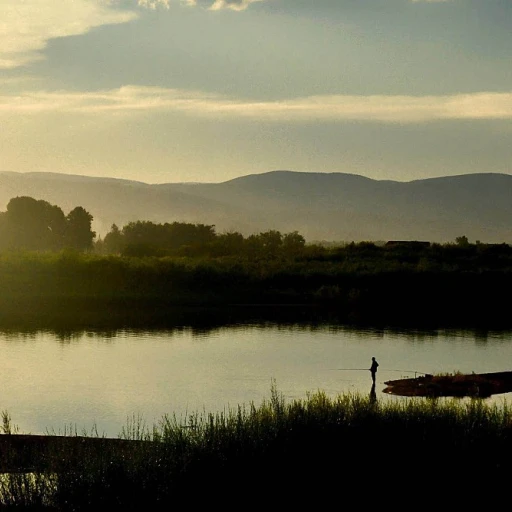
Understanding Lake Trout Behavior
Decoding the Behavior of Lake Trout
Understanding the behavior of lake trout is crucial for any angler seeking to improve their catch rate. These fascinating fish, known for their elusive nature, exhibit certain patterns that can help you strategize your fishing technique. Lake trout are predominantly deep-water dwellers, often found swimming at depths where the water temperature suits their preference. Thermocline layers, where water temperature changes rapidly with depth, are common hangouts for them, particularly during the warmer months. These layers can offer the ideal conditions for the trout's metabolism and feeding behaviors. During spring and fall, lake trout can be found in shallower waters following bait fish, making these seasons prime for successful catches. As the water temperature shifts, so does their habitat, so flexibility in your approach is key. Trolling is an effective method in these periods since trout will be more dispersed across the lake. Trout are opportunistic feeders and tend to go after prey that provides them with high nutritional value. Their diet is diverse, including smaller fish, crustaceans, and sometimes sucker meat. Recognizing this, your choice of lures should mimic these food sources for the best results. Moreover, lake trout are naturally curious and can be drawn to movement and vibration in the water. Using lures such as the "Rooster Tail" or "Husky Jerk" can be particularly effective, especially when the lure’s blade creates vibrations that entice the trout's inquisitiveness. Incorporating these insights into your fishing strategy will increase your odds of landing that big lake trout. For those interested in expanding their angling horizons, you might find it useful to explore the best lures to catch tarpon, offering different perspectives on lure selection for various fish species.Types of Lures for Lake Trout
Exploring the Variety of Trout Lures
When it comes to targeting lake trout, employing the right type of lure can significantly enhance your success rate in fishing. Each lure type has its unique characteristics and application techniques, making it essential for anglers to understand what options are available and how they can be adapted for optimal results. Various trout lures have been designed to mimic the prey that lake trout primarily feed on. Here's a closer look at some of the most prominent types:- Spoons: These lures are popular for their design and ability to mimic the flashes of a wounded fish. Their curved metal structure allows for a wobbling motion through the water, making them a great option for trolling or casting from a distance.
- Jigs: Ideal for deep water fishing, jigs are particularly effective when used with sucker meat. The addition of natural bait can be appealing to lake trout lurking at the bottom. By selecting the right size and weight, you can customize your jig to mimic smaller fish or bait.
- Spinners: A classic choice for trout fishing, spinners such as the rooster tail are designed with blades that spin in the water, creating vibrations and reflections that attract the attention of curious trout.
- Soft Plastics: This versatile option, like grub-style baits, can be employed in various trout fishing techniques. Their flexibility allows them to mimic natural movements in water currents, proving effective in both deep and shallow parts of the lake.
- Crankbaits: Another versatile tool, crankbaits like the husky jerk are excellent for covering large water areas. They can be used in a trolling setup to stimulate the response of trout, particularly when targeting rainbow trout spread across a body of water.
Color and Size Considerations
Playing with Sizes and Colors for Lake Trout Success
When it comes to trout fishing, particularly in lakes, selecting the right color and size can make a world of difference. The allure of a lure lies in its ability to replicate the trout's natural prey, and achieving this involves choosing the best combination of size and color.
Size Considerations
Lake trout are known for their varying appetites, targeting different sized prey depending on their growth stage and the season. Generally, trout lures ranging from 3 to 6 inches long are standard, offering a great balance that attracts a range of fish sizes. During spring and fall, scaling down to smaller sizes may work better due to trout focusing on smaller baitfish and insects. Meanwhile, in deep water conditions, larger lures like the husky jerk or bridal blade variations imitate the bigger prey that lake trout will pursue, especially when trolling.
Color Selection
Trout lures' colors should complement the water's natural hues and adjust according to visibility and lighting conditions. In clear waters, natural colors like browns, grays, and blues help mimic the prey. However, if you're venturing into murky or deep waters, brighter colors such as reds and oranges, found in original lures like the rooster tail, enhance visibility.
For those experimenting with ice fishing or targeting specific trout like the kubie brown or rainbow trout, using a vibrant wedding ring lure can drum up a trout's curiosity, leading to more strikes.
Price and Variety
While selecting your lures, remember that price might often equate to quality but assessing the working range of each item is crucial. The best trout success comes from investing in a versatile set suited for different conditions.
Understanding how these factors interact will undoubtedly improve your catch rates and overall fishing experience. For more insights on essential equipment that elevates your fishing trips, learn about enhancing your fishing gear here.
Seasonal Lure Selection
Choosing Lures for Different Seasons
Selecting the right trout lure for each season is essential to enhancing your fishing success. Lake trout behavior changes with the seasons, so your approach must adapt accordingly. Here’s a guide to navigating each season:- Spring: As the ice recedes, lake trout come to shallower waters. Ice fishing enthusiasts can now try fishing lake areas known for attracting trout in early spring. This is the time to use lures that mimic bait fish, such as husky jerk lures or the popular wedding ring. Bright colors and medium sizes work well as trout are more active near the surface.
- Summer: With water temperatures rising, lake trout move to deeper waters. Trolling is an effective technique. Consider lures that can reach full depth efficiently, like the kubie brown or blade baits. Deep diving options, along with sucker meat, can be great choices during this period.
- Fall: As water cools down, lake trout return to shallower parts. It's an opportunity to use topwater lures like the rooster tail. The fall brings a wide variety of trout, including rainbow trout, making it a great time for original lure designs.
- Winter: Ice fishing returns to the forefront. Use smaller, vibrant lures that can attract attention in low-light conditions. Nailing down the right price for your fishing needs ensures you have the best lure ready when trout will move slowly along the bottom.
Techniques for Using Lures
Mastering the Art of Lake Trout Trolling
When it comes to fishing lake trout, employing the right techniques can make all the difference between a fruitful day on the water and returning empty-handed. Trolling is one of the most effective techniques for catching lake trout, especially in deep water settings where these fish often dwell. Start by selecting the right trolling speed. Lake trout lures like the rooster tail or the husky jerk work best at slow speeds, generally between 1.5 and 2.5 miles per hour. This speed allows the lure's action to mimic that of struggling prey—a crucial aspect for enticing a trout to strike. Pay attention to the water depth and location. Lake trout are commonly found near the bottom of deep lakes, especially during the warmer months. Utilize downriggers or lead core lines to get your bait down to the desired depth. A lure with a blade can serve well in these conditions, flashing and vibrating to attract attention from nearby trout. In spring and fall, you might find that trout venture closer to the surface. Adjust your fishing line accordingly and consider using surface trolling lures that offer a greater range in size and movement. Don't shy away from using sucker meat or a small wedding ring spinner as unconventional yet effective bait. These can often produce great results, particularly when lake trout are less responsive to your usual lures. Finally, always be vigilant and ready to react. Maintain contact with your fishing line; any subtle change in tension might indicate a trout caught the lure. Precision and patience are your allies in achieving the best trout fishing experience.Maintenance and Care of Fishing Lures
Keeping Your Trout Lures in Pristine Condition
Maintaining and caring for your fishing lures is essential to ensure they remain effective and long-lasting. After a day on the water chasing lake trout, it’s crucial to clean and store your lures properly. Invest time in regular upkeep to guarantee they perform at their best every time you’re out fishing.- Rinse and Dry: After a fishing trip, especially in deep or icy waters, thoroughly rinse your lures with fresh water. This step removes any dirt, grime, or potential corrosive elements such as salt or muck, commonly encountered at the bottom of lakes.
- Inspect for Damage: Check the hooks and blades for any signs of wear or damage. This is particularly necessary for lures like the rooster tail or husky jerk that might have encountered sharp rocks or nibbles from aggressive trout. Replace any rusty hooks or dull blades.
- Prevent Tangles: For lures like the wedding ring or kubie brown, proper storage is key. Ensuring they don't tangle with other gear can prevent unnecessary frustration during your next trout fishing session.
- Store Wisely: Arrange your lures in a designated tackle box designed to keep them organized and readily accessible. Consider using dividers or foam inserts to itemize different types of lures, from sucker meat and original baits to rainbow trout patterns, based on their use and frequency.
- Monitor for Effectiveness: Assess the color and effectiveness of your lures periodically. If the colors have faded or the performance has declined, it might be time to replace them with a fresh piece or consider altering the size as trout will react differently to varying environmental conditions.
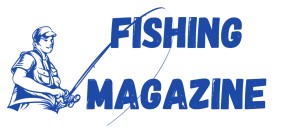
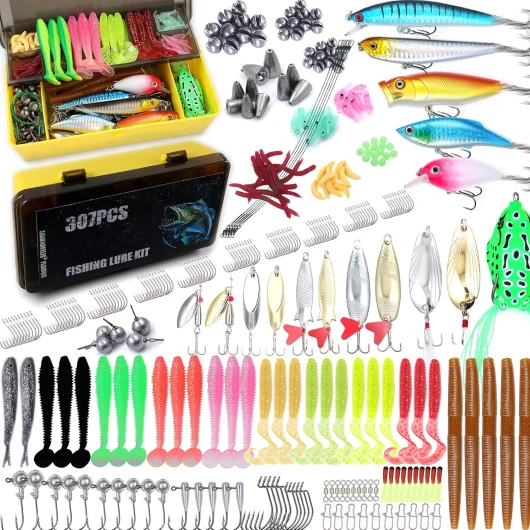
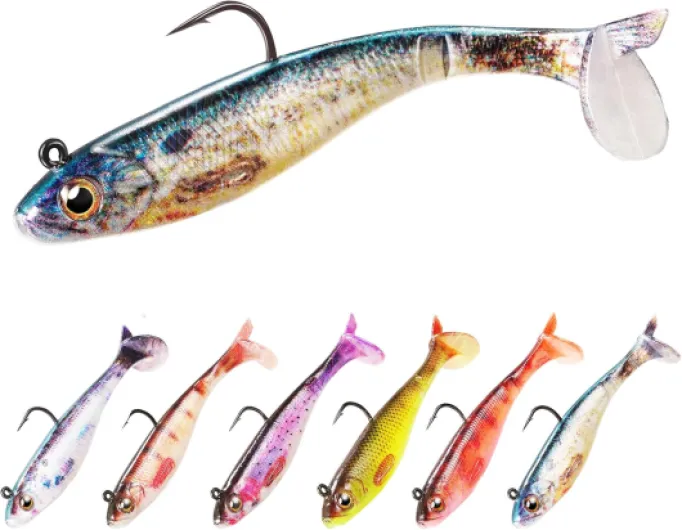
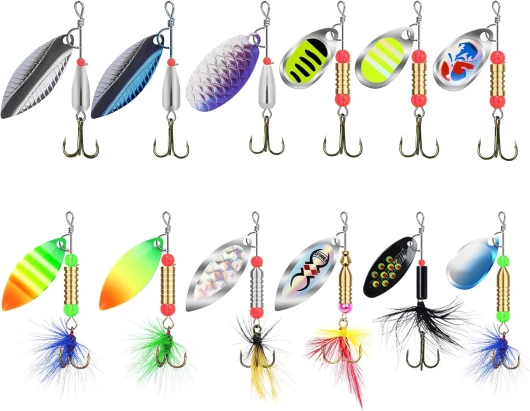
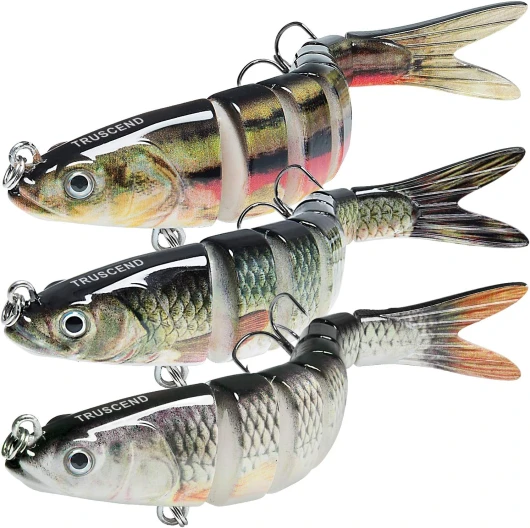
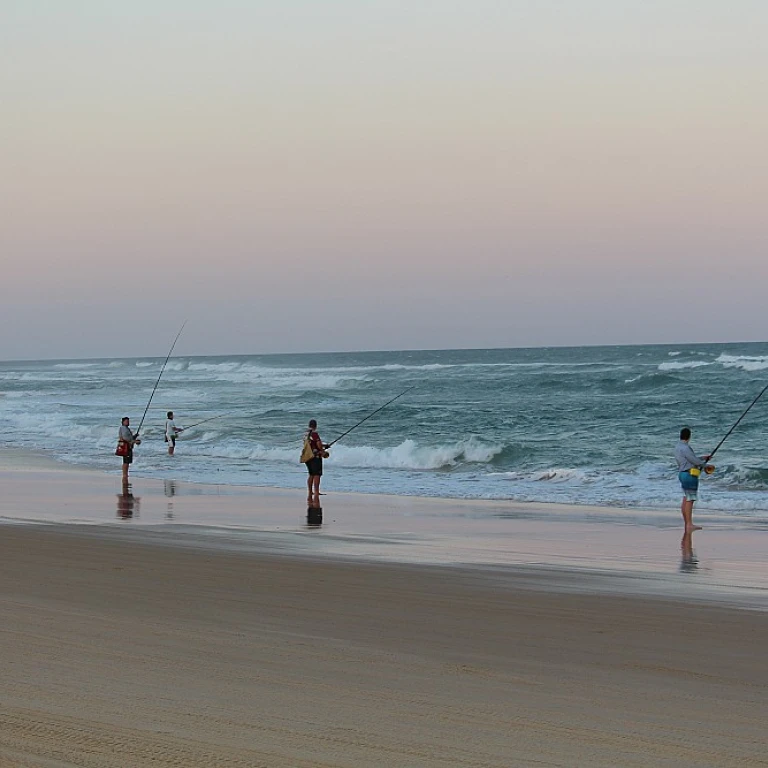
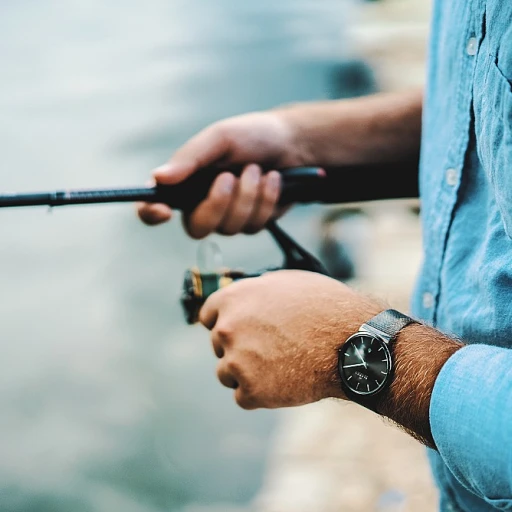
-large-teaser.webp)
